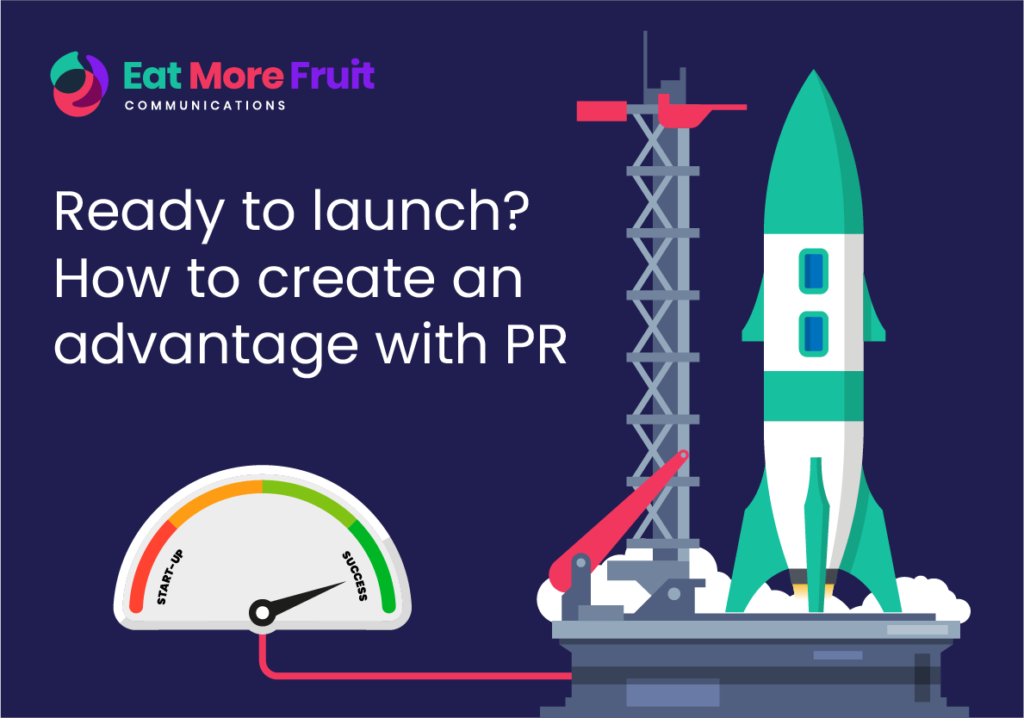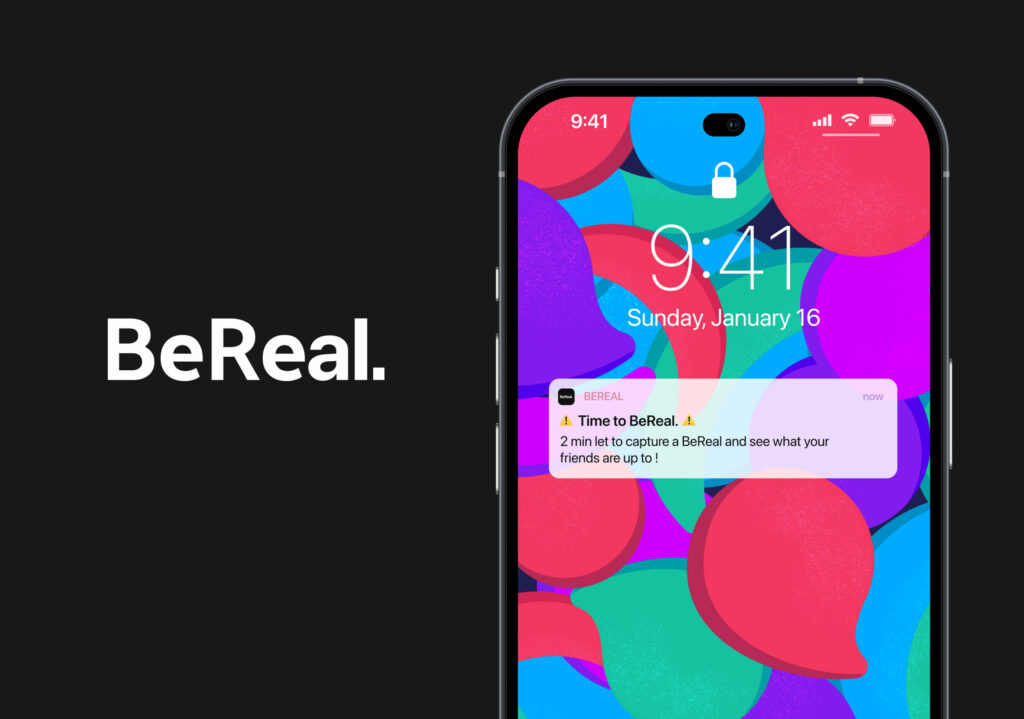Sometimes you just can’t see the wood from the trees. Teams gets so focussed on the technology or treatment you’re selling that the inevitable outcome is a feature-peddling monologue where you’re talking at your audience, and not necessarily in a language or context they can understand. And that’s an easy way to lose them forever.
We listen, learn and engage more through dialogue, where several parties exchange ideas, and where we can make our point or sell our product in the context of others’ reality. An essential part of this process is to reframe the conversation in-order to realise the benefits that the product brings to your market.
By involving your audience early on in the storytelling process, you foster a sense of ownership and connection, making your message resonate from launch. This collaborative effort not only uncovers insights into their true needs and desires but also builds trust and loyalty, as customers and / or the media feel valued and understood. Ultimately, a narrative crafted together leads to more meaningful interactions, successful outcomes, and lasting relationships. .
We hack the story with the media
With investments, comes lots of uncertainty, however your media strategy shouldn’t be a risk. We believe in co-creating a narrative for better media outcomes. With over 15 years’ experience creating headline stories around healthcare products, medicines, devices and services, we’ve learned a few things… but top of the list has to be the importance of consulting with the target media.
A journalist doesn’t care about a list of product features. They want to know what’s the problem you solve, how the company will change the world for the better, and what external factors will ultimately determine its success or failure.
Our contacts in the media tell us…
1. Reframe the conversation
Find a way to position the story and make a killer headline. The key journalist or publication might have written about your category or competitor just last week; they are under no obligation to write about you anytime soon. Create a new headline with them.
2. Benefits over features
While features describe what a product is or does, benefits explain how it improves the consumer or healthcare professionals’ lives. Focusing on the emotional connection is key to capturing attention and making your story relatable and memorable.
3. Find some friends to tell your story
Third party spokespeople bring credibility and authority; their endorsement can enhance trust in the message and hold kudos over internal voices. Invest in high-profile spokespeople who can attract media attention and increase the campaign’s visibility. Always consider validating your KOLs and influencers with the media at planning stage to avoid objections at launch.
4. I’m just like you, and it happened to me!
Case studies provide concrete examples of how new data or products are applied in real situations. Allocate ample time to find the ideal patient story or real-world example of how your product or service has transformed practices and lives for the better.
5. Assets and ideas over press releases
Journalists don’t always want ready-made press packs, but prefer ideas which can be brought to life with the right context, assets, and supporting voices. Time spent building media relationships, understanding their opinions and pressures, and co-creating content over time is more effective than a press release in their inbox that might never be opened.
Ready for some next steps?
Want to get your investment the attention it deserves? Give us a call or fill out the below form today…





